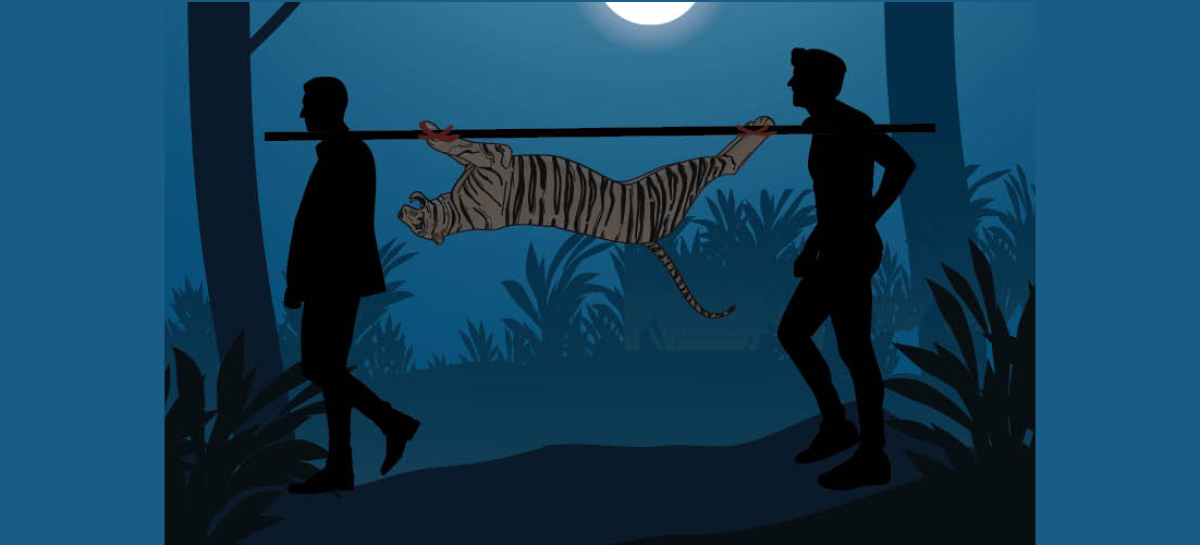Our member has vividly described his experience of a night when there was a blackout in his neighbourhood. It brought back fond memories of his childhood, turning the night into a blissful tapestry.
As dusk settled over our society, I returned from an outing only to find the entire community gathered around a majestic Deodar tree. Intrigued, I inquired and learned that the trees branches had tangled with electric wires, plunging us into darkness. The electricity board was summoned, but as we waited, the community transformed the situation into an unexpected bonding experience.
We engaged in lively conversations, fostering a sense of camaraderie. Returning home, I embraced the rare opportunity for a candlelit dinner, relishing the simplicity of the moment. I hardly remember the last time I had a candle light dinner, so I thoroughly enjoyed the situation. Venturing back downstairs, I witnessed CESC workers diligently clearing the obstructive branches. Then they worked on the damaged wires.
Retreating to my apartment, I opened the bedroom window, and lay down. It was then that I witnessed the moonbeams casting a gentle glow. Memories flooded back, reminiscent of childhood nights illuminated by moonlight, hurricanes, and the hum of mosquitoes. This blackout, a temporary disruption, became a gateway to rediscover the natural beauty often overlooked in our modern lives.
Recollections of childhood visits to Jhargram, where local communities safeguarded us against any nocturnal being, added depth to the experience. The unexpected blackout, rather than a nuisance, became a canvas for reconnecting with the simplicity and beauty of our surroundings.
During my childhood, post my December exams, I often visited my relatives in Jhargram, close to a Rajbari. The house that we used to stay in had a big courtyard, and behind the house there was a jungle of Sal tree. The jungle used to create a creepy feeling in us. In that rustic setting, I witnessed locals dealing with tigers that occasionally emerged from the nearby jungles. On one occasion, a 3-feet tiger posed a threat, leading the community to take necessary measures to safeguard against potential danger. That day too while they were carrying the body of the tiger, I touched it, an experience very few nowadays would have.
The memories of that night, illuminated by the moonbeam, remain vivid and cherished in my recollections.
Categories
A moonlight reverie

